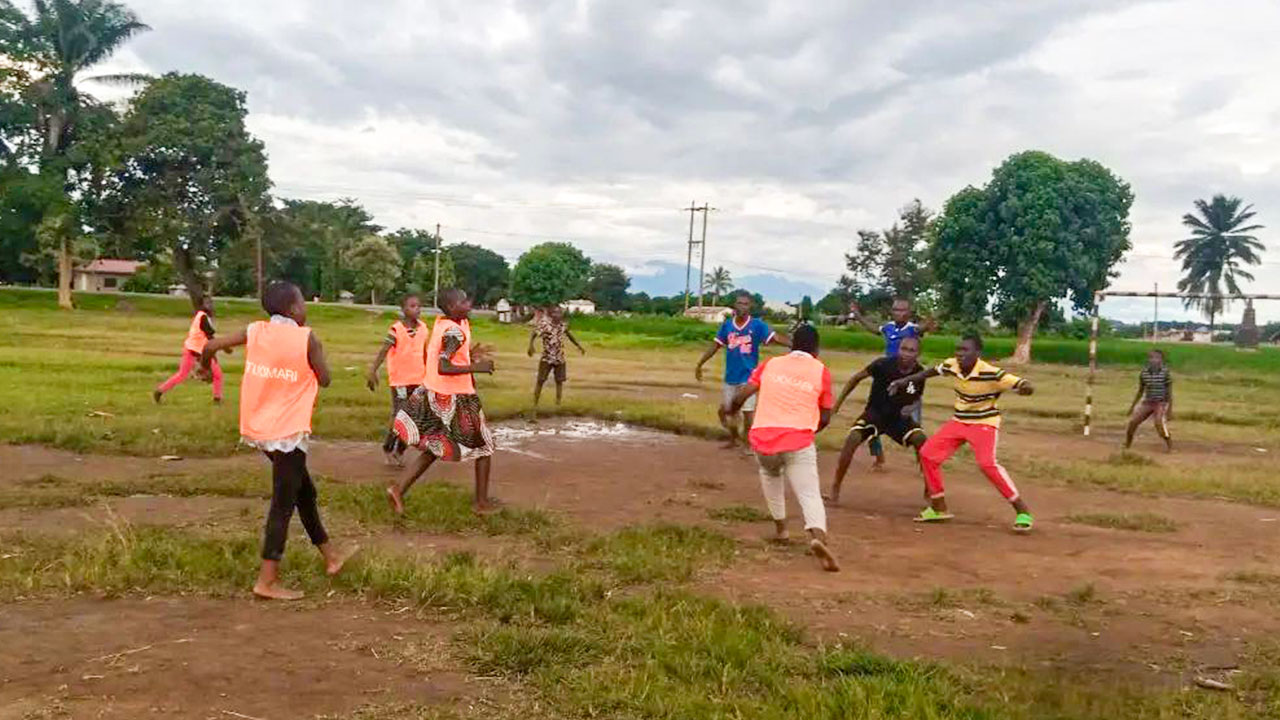General
The Coastal region of Tanzania is characterised by cultural diversity, rich heritage and a mix of ethnic and religious groups, with the Swahili people being the majority. But you’ll also find communities of Chaga, Zigua, Zaramo and others. Each group has its own language, customs and traditions. Swahili is widely spoken and understood. Swahili culture is renowned for its rich history, art, music and cuisine. Traditional Swahili architecture, with its distinctive wooden carvings and Arabic influences, can be seen in the region’s coastal towns. Traditional Swahili dress is colourful and flowing. Women often wear kangas or kitenge, which are bright pieces of fabric used as wraps or dresses. Men may wear kanzu, a long robe, especially for religious or formal occasions.
Islam is the predominant religion in the coastal region, and you’ll find numerous mosques and Islamic schools throughout the area. There are also Christian communities and religious diversity is generally tolerated.
In addition to its cultural richness, the coastal region boasts stunning natural beauty, including pristine beaches, coral reefs and tropical forests. The coastal towns and islands, such as Zanzibar and Mafia Island, are popular tourist destinations.
Learn a few phrases in the local language (such as Swahili) or carry a dictionary to help you communicate with the locals. Also familiarise yourself with the culture, customs and traditions of the area you are visiting. Respect the local culture and follow protocols when visiting religious or sacred sites.
Weather and climate
The coastal region has a tropical climate due to its proximity to the equator. This means that temperatures remain relatively warm throughout the year. It is hot and humid throughout the year, with high humidity levels especially during the rainy season. Daytime temperatures often range from 25°C to 35°C (77°F to 95°F), with coastal areas being slightly cooler than inland areas.
The region typically has two main seasons. The long rainy season usually lasts from March to May, with heavy rainfall and occasional thunderstorms. The region becomes lush and green during this time. The dry season typically runs from June to October and is characterised by sunny and relatively dry weather. This is the main tourist season due to the pleasant weather.
There is a short rainy season, often referred to as the ‘short rains’, from November to December. Although not as intense as the long rains, it brings occasional showers.
Health & Safety
- Follow all instructions given by the government or security authorities. This includes respecting the laws of the country and following immigration procedures.
- Keep copies of your passport, visa and other important documents in a safe place and make extra copies.
- Do not visit unsafe or high-risk areas, especially at night.
- Avoid places with a history of crime or conflict.
- Be careful with your valuables such as mobile phones, jewellery and cash.
- Do not give out personal or financial details to strangers.
- If you are travelling by car, familiarise yourself with road safety rules and always wear a seatbelt.








